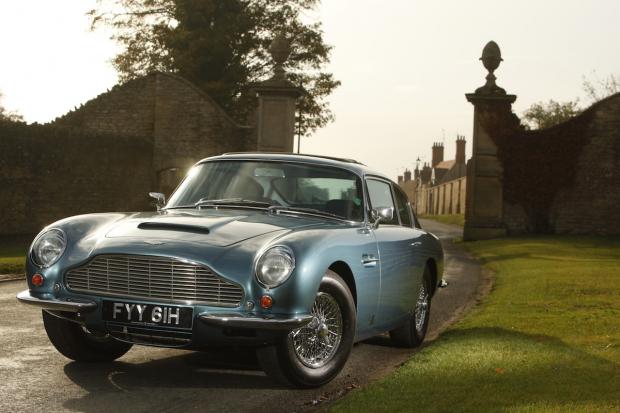
For many, the DB4-6 models are the most sought-after Aston Martins ever built and, by default, some of the world’s most desirable cars, but sadly they have prices to match – no doubt boosted by the James Bond link.
None of this should be a surprise, though, because the cars combine Italian-inspired styling with powerful twin-cam six-cylinder engines – a formidable force by anyone’s reckoning.

In the late ’50s, Aston Martin’s owner David Brown appreciated that the DB2/4 – with its heavyweight chassis – couldn’t compete with the pressed-steel monocoques sported by much of the competition. A revolution was needed, and it came in the form of Carrozzeria Touring’s patented Superleggera construction.
This featured a steel substructure of welded, lightly pressed panels with a superstructure of small-diameter steel tubes on top. The two were then welded together to form a stiff unit, clad in light aluminium panels.

It certainly convinced the automotive press of the time, with The Motor calling the DB4 ‘a remarkable express carriage for those who can afford to travel First Class’ – a description that rings true even now.




